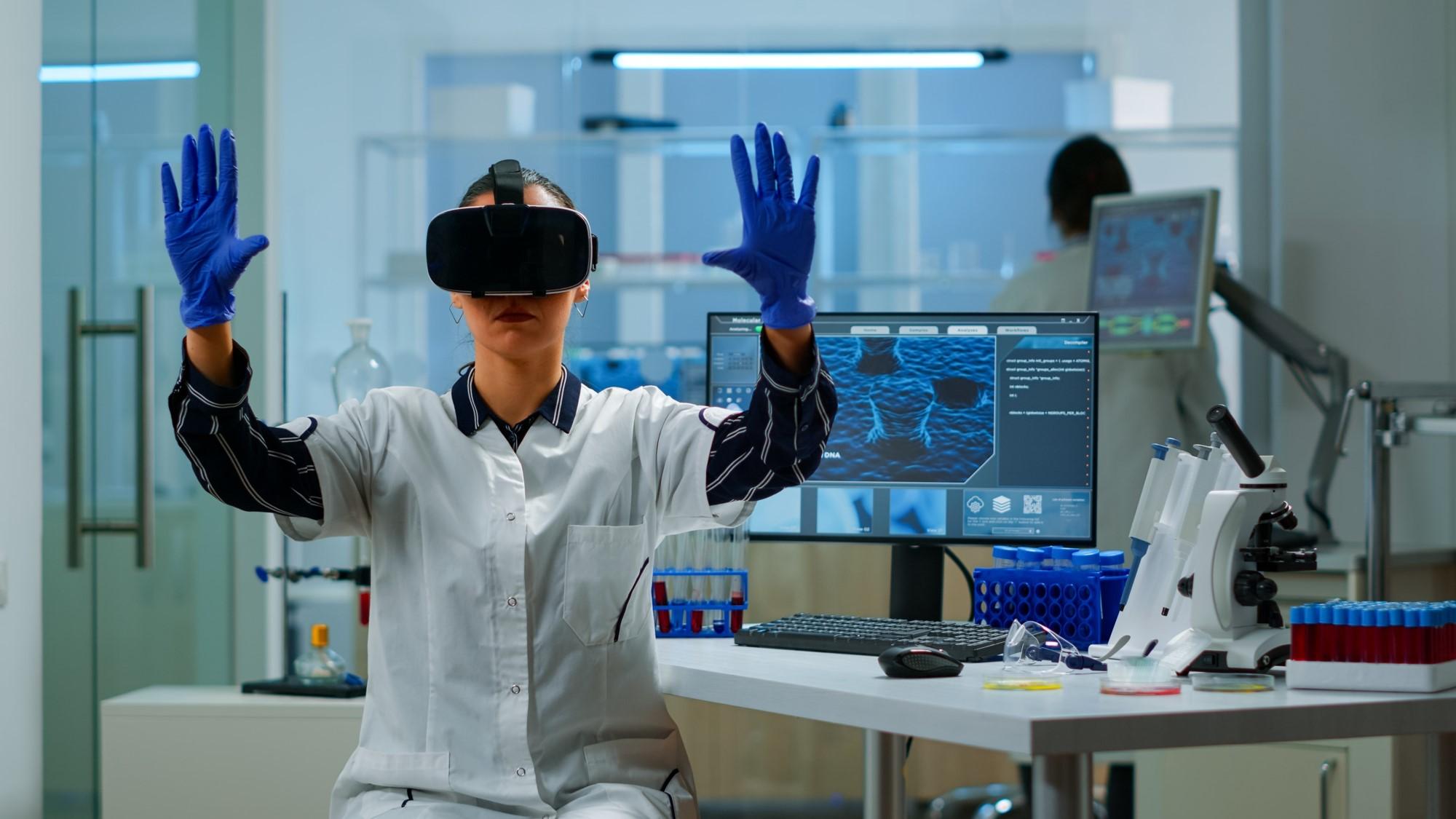Top 5 Applications of VR and AR in Healthcare
In recent days, the implementation of AR and VR in Healthcare appears to be a perfect fit. Both technologies proved themselves to provide a much easier and effective solution to various challenges of the health care system and as such offer numerous diverse opportunities for its implementations in various areas - such as general diagnostics and medical training.
Transforming the training of Medical Professionals
The training of medical professionals or surgeons is a domain in which Virtual Reality can be implemented and proved to be extremely beneficial. Implementation of VR in healthcare was first performed at the Royal London Hospital in the United Kingdom where the elimination of malignant tissue with the help of a VR camera. This helps the aspiring medical students to watch the operation ‘live’ instead of trying to catch a glimpse over a surgeon’s shoulders.
Application of AR in healthcare can be demonstrated by taking the instance of AR in surgery by a colorectal surgeon at St Bartholomew’s Hospital in London (UK), where Microsoft’s HoloLens VR headset has been used to virtually bring together surgeons worldwide to operate on a patient.
Analyzing cancer in 3D
Another example of the implication of VR in healthcare is Virtual Reality enables the researcher to have a deep understanding of Cancer, a VR 3D model of cancer has been recently discovered by scientists from the Cancer Research UK Cambridge Institute (UK) which provided an advanced technique of looking at the disease. After taking a cancerous tumor sample from a patient, Virtual Reality allows studying the sample in detail and from all angles – with each and every cell mapped out. The main idea behind the VR 3D model is to help cancer researchers’ to gain a better understanding of cancer and help find new treatments for the disease.
Lowering the symptoms of depression
Nearly 30 percent of patients with clinical depression are experiencing clinical progress from using virtual reality and augmented reality as part of their diagnosis process. Research suggested that from University College London (UCL) and ICREA-University of Barcelona, an advanced type of VR therapy where depressed patients get their own soothing words of comfort has been found to relieve symptoms of depression.
Patients are trained to convey compassion and affection towards a suffered virtual child. Later the patients are incorporated into the same child (virtual) and encounter their own affectionate gestures and compassionate commands. This kind of VR diagnosis has led to patients involved in the research of suffering lowered depressive symptoms.
Advanced detection of Alzheimer’s disease
Another instance of an implementation of VR used by clinicians to figure out the signs of Alzheimer’s disease in patients. The primary study from the University of Cambridge used a navigation test completely dependent on virtual reality on patients that were found to be flawlessly accurate in diagnosing mild symptoms of Alzheimer’s disease, as opposed to traditional cognitive tests.
AR Surgery Assistance
Another implementation of AR in healthcare is in surgical processes which are no doubt one of the most promising areas where Augmented reality can be utilized. There can be multiple ways it can be done like:
- As a visual shorthand for handling different procedures required in different cases like, with the implementation of Hologram monitors.
- Dashboard with several data emerging at request - such as patient care, patient’s vital stats, critical information on a disease and its treatment, etc.
- As remote assistance in complex scenarios that require increased awareness over possible results.
Both augmented reality and virtual reality are under cutting edge technologies which are on the verge of transforming the entire daily process, it will change the way we consult doctors or medical professionals, perform in retail, and communicate with students, and other people. In order to gain maximum profitability in the business, one must utilize Augmented Reality and Virtual Reality technologies into the overall business processes. In the coming days, these technologies will be in great demand and organizations from different sectors implementing AR and VR for customer retention with mobile apps and also increase their sales, providing better customer service, and support

